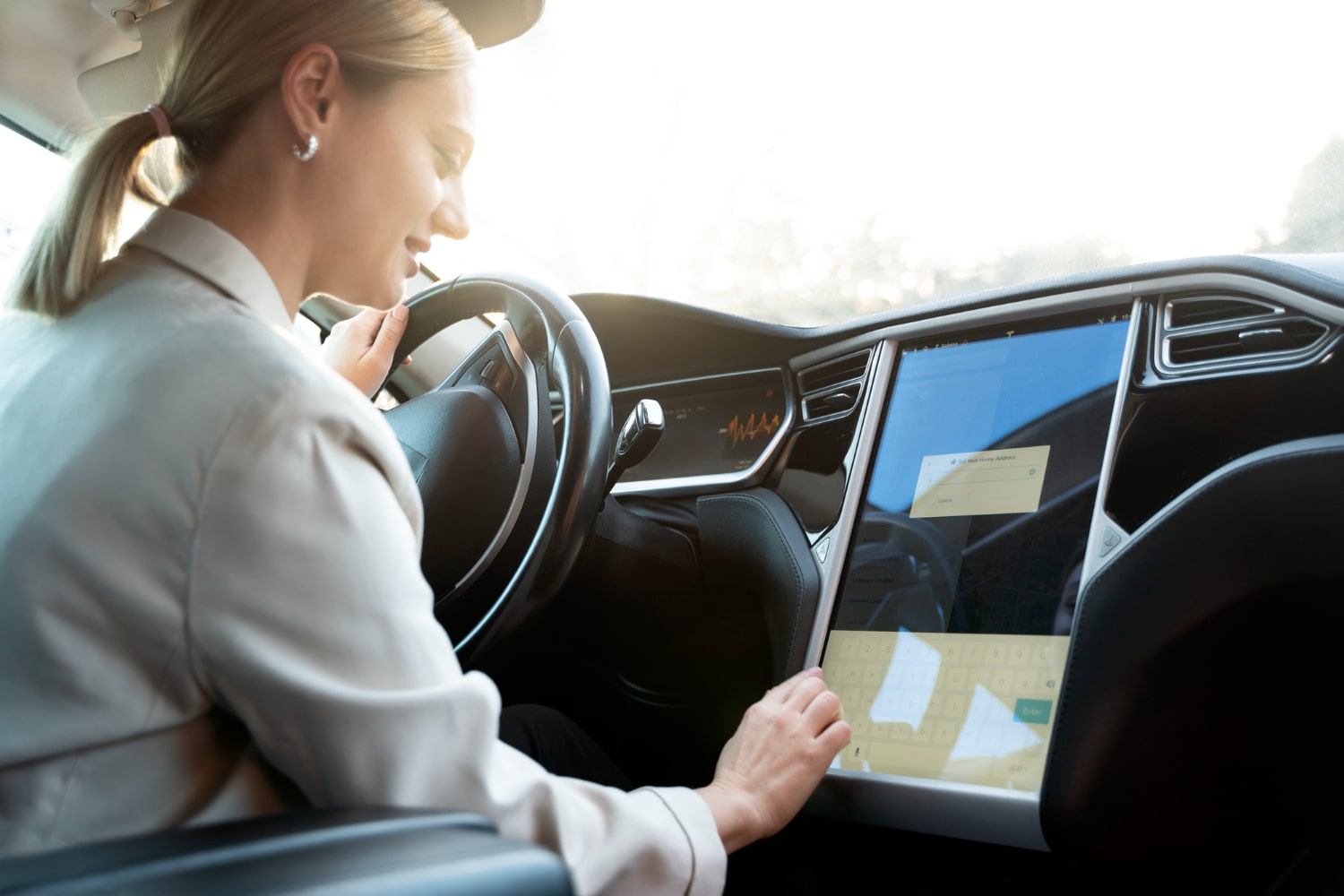Vehicular biometrics involves the integration of biometric authentication and identification technologies into automotive systems to enhance security, safety, and personalization. Here’s how vehicular biometrics is enhancing automotive systems:
- Driver Authentication: Vehicular biometrics enables driver authentication using biometric identifiers such as fingerprints, facial recognition, iris scans, voice recognition, and palm prints. Biometric authentication systems authenticate the identity of the driver before granting access to vehicle functions, such as starting the engine, unlocking doors, and adjusting settings. By replacing traditional key-based authentication methods, biometric systems enhance security and prevent unauthorized access to vehicles, reducing the risk of theft and unauthorized use.
- Secure Access Control: Biometric access control systems restrict access to vehicle features and functions based on the authenticated user’s identity and authorization level. For example, personalized settings such as seat positions, climate control preferences, infotainment settings, and driver assistance configurations can be automatically adjusted based on the authenticated user’s biometric profile. Access control mechanisms ensure that only authorized users have access to sensitive vehicle systems and data, enhancing privacy and security for vehicle occupants.
- Anti-Theft and Vehicle Security: Vehicular biometrics helps prevent vehicle theft and unauthorized use by implementing anti-theft measures and security features. Biometric authentication systems can detect unauthorized access attempts or suspicious behavior and trigger alarms, immobilize the vehicle, or send alerts to the owner or law enforcement authorities. Integrated GPS tracking and remote monitoring capabilities enable vehicle tracking and recovery in the event of theft or unauthorized use, improving vehicle security and deterrence against theft.
- Personalized Driving Experience: Biometric identification enables personalized driving experiences tailored to individual preferences and needs. Biometric profiles can store personalized settings, such as seat positions, mirror adjustments, entertainment preferences, and driver assistance settings, allowing the vehicle to automatically adjust these settings based on the authenticated user’s biometric profile. Personalization enhances comfort, convenience, and user experience for vehicle occupants, making driving more enjoyable and accommodating individual preferences.
- Health Monitoring and Driver Wellness: Vehicular biometrics can monitor driver health and wellness through physiological measurements and biometric indicators. Biometric sensors embedded in the steering wheel, seat, or dashboard can monitor vital signs such as heart rate, respiration rate, and stress levels, providing insights into the driver’s health and well-being. Advanced driver monitoring systems use biometric data to detect signs of fatigue, drowsiness, distraction, or impairment, prompting interventions such as alerts, warnings, or automated assistance to ensure safe driving behavior.
- Identity Verification for Car Sharing and Ride-Hailing: Biometric authentication provides identity verification for car-sharing and ride-hailing services, ensuring that only authorized users can access shared vehicles and services. Biometric identification systems verify the identity of users before granting access to shared vehicles, enabling seamless authentication and user verification processes. Integration with mobile apps and cloud-based platforms enables remote authentication and authorization for car-sharing and ride-hailing transactions, enhancing security and user trust in shared mobility services.
- Data Privacy and Security: Vehicular biometrics raise concerns about data privacy, security, and ethical considerations regarding the collection and use of biometric data. Automotive manufacturers and service providers must implement robust data protection measures, encryption protocols, and privacy controls to safeguard biometric data against unauthorized access, misuse, or exploitation. Compliance with data protection regulations, such as GDPR (General Data Protection Regulation) and CCPA (California Consumer Privacy Act), ensures transparency, accountability, and ethical use of biometric data in automotive systems.
Overall, vehicular biometrics offers numerous benefits for enhancing security, safety, and personalization in automotive systems. By integrating biometric authentication, access control, anti-theft measures, personalized driving experiences, health monitoring, identity verification, and data privacy safeguards, vehicular biometrics enhances the overall security, convenience, and user experience for vehicle occupants while addressing emerging challenges and opportunities in the automotive industry.



